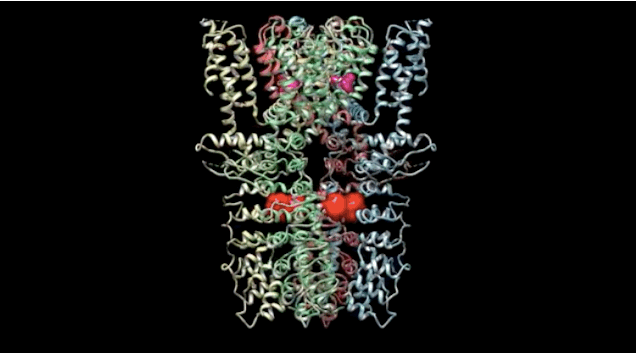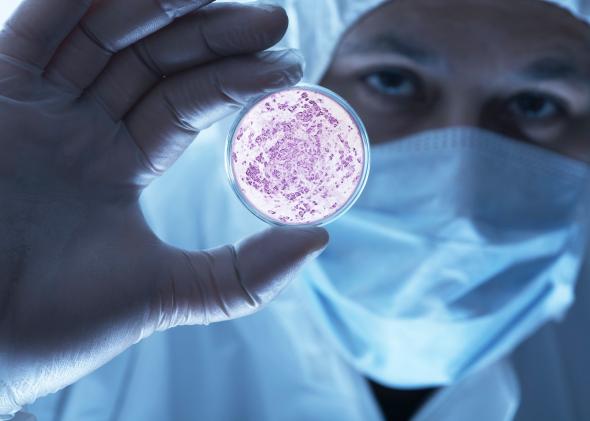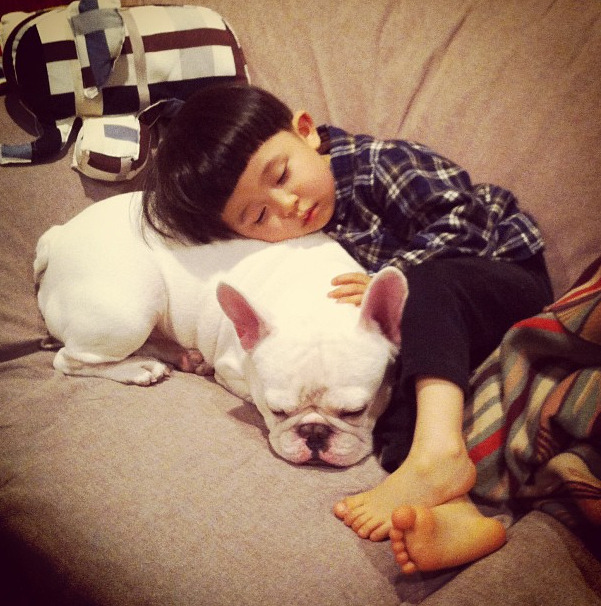
Researchers at UCSF have pulled aside the curtain on a protein informally known as the “wasabi receptor,” revealing at near-atomic resolution structures that could be targeted with anti-inflammatory pain drugs.
The newly visualized protein resides in the cellular membrane of sensory nerve cells. It detects certain chemical agents originating outside our bodies — pungent irritants found in substances ranging from wasabi to tear gas — but is also triggered by pain-inducing signals originating within, especially those that arise in response to tissue damage and inflammation.
With many copies of the proteins suspended in this glassy ice, like insects trapped in amber, the researchers capture as many as 100,000 images, then computationally combine these thousands of two-dimensional views to generate the three-dimensional structure of the protein.
“The pain system is there to warn us when we need to avoid things that can cause injury, but also to enhance protective mechanisms,” said David Julius, Ph.D., professor and chair of UCSF’s Department of Physiology. “We’ve known that the protein is very important in sensing environmental irritants, inflammatory pain, and itch, and so knowing more about how it works is important for understanding basic pain mechanisms.”




